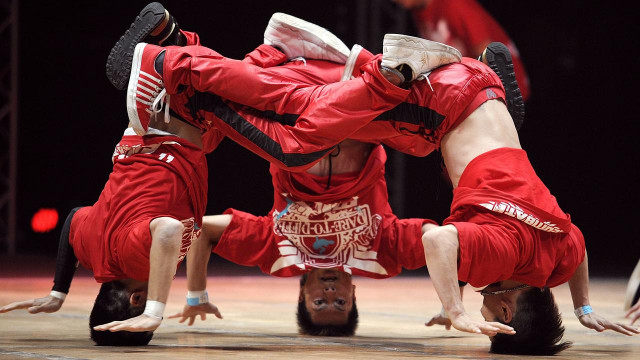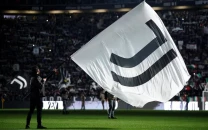Breaking's breakthrough brings electric 'folk art' to Paris Games
Breaking is not the first artistic movement counted as an Olympic sport but its inclusion in the 2024 Games

Breakdancing cleared its final hurdle to feature in the Paris 2024 Games on Monday, bringing the wholly original, electric art form to sport's biggest stage.
Considered one of the pillars of hip-hop culture, breaking, as participants prefer to call it, originated in New York in the 1970s and has spread globally, enjoying enormous popularity beyond the United States and particularly across Europe and Asia.
A 2019 Olympic Programme Commission Report estimated there were roughly one million participants in breaking worldwide and the 2019 Red Bull BC One World Final in Mumbai racked up more than 50 million views across streaming platforms including Facebook and YouTube.
"It can resonate with a lot of people because hip-hop culture resonates with a lot of people, hip-hop music resonates with a lot of people," Logan Edra, a 17-year-old American dancer who goes by the performance name Logistx and has performed on The Ellen DeGeneres Show, told Reuters.
Breaking is not the first artistic movement counted as an Olympic sport but its inclusion in the Paris 2024 Games has prompted soul-searching among many dancers, including Edra, a former gymnast who aspires to win the Olympic gold.
"It being in the Olympics, it makes sense that people would refer to it as (a sport) but I think one thing for the breaking community is we want to make sure that it’s not known as just a sport but an art, a sport, a culture," said Edra, who won the 2018 Silverback Open Championship B-Girl solo competition.
Key elements in breaking include top rocks -- typically a competitor's introductory dance moves -- footwork, power moves and freezes. Power moves are explosive displays such as spins, while freezes are when a performer sticks a pose.
In a blend of artistry and athleticism, competitors -- known as "b-boys" and "b-girls" -- are evaluated not only on technical skill but also creativity and style, with strength, speed, rhythm and agility providing an edge.
"The biggest part is your stage presence and character and your rhythm, whether or not you’re really feeling it," said Ronnie Abaldonado, a competitive breaker since 2004 who won the international Red Bull BC One competition in 2007.
"People can hit the moves but if you’re not feeling what they’re doing then you just kind of look robotic and that’s what kind of separates it being a sport to it being an art form."
Richard "Crazy Legs" Colon, one of the pioneers during his upbringing in the Bronx in the 1970s, said he applauded breaking's inclusion in the Olympics but wanted to ensure its cultural core remained intact.
"This is true folk art from the music to the dance, to the DJ to the rapper," said Colon, who appeared in dance films of the 1980s including Beat Street and Flashdance.
"We’ve already legitimized ourselves so we’re not looking to the Olympics for legitimacy."
The Olympic competition will take place in the heart of Paris, on the Place de la Concorde, at the bottom of the famed Champs-Elysees.
"It will be a fascinating mix of sports and culture at an iconic site," Paris 2024 sports director Jean-Philippe Gatien told reporters on Monday.
"We're expecting it to be a phenomenal success."



















COMMENTS
Comments are moderated and generally will be posted if they are on-topic and not abusive.
For more information, please see our Comments FAQ